I add three kinds of notes. DESIGN NOTE: or FIRMWARE NOTE: or LAYOUT NOTE:
FIRMWARE NOTE: is for something like sequencing requirements for IO pins or documenting forbidden states (GPIO G5 and G6 must never be high simultaneously).
I may also include an IO table to clearly indicate how the IO pins should be configured (as far as alternate functions). For example GPIOA4 should be configured as ADC1_IN3 or something like that.
For design notes, I typically include voltage divide ratios for voltage dividers. For regulators I would add a design note showing the calculation for the output voltage and the feedback voltage of the regulator.
Sometimes I might add a brief explanation of how a circuit is supposed to work or a quick tolerance analysis.
If I have a sensor (e.g., a temperature sensor) I will add a note with the equation to convert voltage to temperature.
Here is one small snippet that I guess is OK to share (I am the creator of the image):

I don't think there is any convention. But it is definitely a good idea to put notes in the schematic. In the past FW engineers have asked me to put them in there and I try to remember to put in the kind of stuff they would want to know.
For the design notes, the goal is to spare a subsequent EE (or me 6 months later) from having to go look up a bunch of stuff in datasheets or guess at motivations.
For the FW notes the goal is to save the FW engineer time, especially if the functionality of some part of the circuit is contingent on other IO pins. If you have to drive an IO pin high to enable a sensor. I would rather just put that note in the schematic (like in the example) than have the FW engineer come to me later and say "I don't think the current sensor is working.. I have been trying to get a reading for a whole day and it is always zero" or whatever.
Likewise, if there is a sensor connected to an ADC input I want to put enough information in the schematic so that the FW engineer can write the code without pulling up the datasheet for the sensor. If the sensor is programmable or elaborate and complicated, then that would be different, I guess. But for simple sensors I would try to explain it in the schematic.

